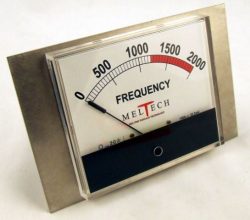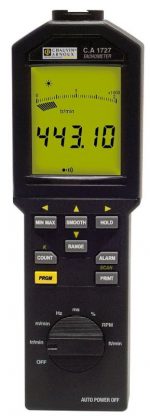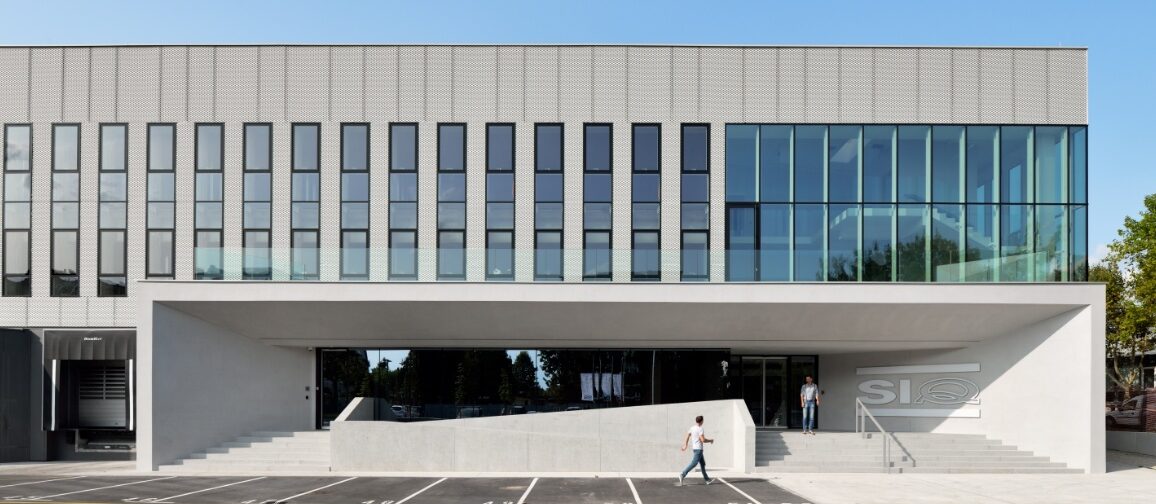Time and frequency
Frequency counters
We measure the following parameters:
- Input sensitivity: The parameter defines the minimal required voltage when the counter starts measuring correctly. The sensitivity is checked at 50 Ω and /or 1 MΩ input impedance.
- Time-base stability: We check the 24-hour time-base stability of the counter. The measurement requires at least two days; after initial 24-hour preheating a 24-hour time‑base stability is measured. Typical time-base frequencies are 10 MHz, 5 MHz, and 2 MHz, but other frequencies could be also measured if additional option is present. In addition to time-base stability we also check the counter’s ability to lock the frequency to the time-base.
- Functional test: various tests are performed according to manufacturer recommendations (e.g., measurement of period/pulse length/time interval between the two inputs, frequency accuracy, etc.). A functional test is usually performed unaccredited.
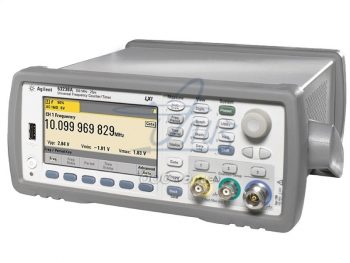
GNSS receivers
We typically measure the relative deviation, a drift of the frequency and the stability of GNSS receivers:
- Relative deviation and frequency drift are calibrated by phase comparison with a reference caesium frequency standard (e., atomic clock). The calibration requires at lasts three days; the instrument is stabilized for at least 48 hours to obtain operating temperature, which is followed by typical 24-hours calibration (per receiver output) while the device is locked to the GNSS signal. The calibration time could be prolonged if requested by the customer. The uncertainty calculation includes frequency drift during the calibration and according to this value the relative frequency drift could be estimated per day or per any other time interval (month, year).
- Frequency stability is determined analytically using the measurements described above. Herein the Allan and modified Allan deviation are used, which are the key parameters that describe frequency stability of clocks.
Time-base calibration can be performed also at customer’s premises with uncertainty in the range of 2×10-10 due to the use of a rubidium reference frequency standard instead of a caesium atomic clock.
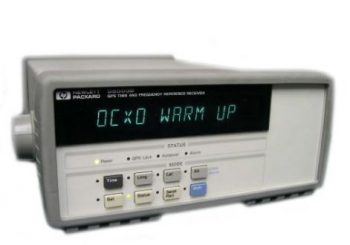
Time interval/pulse/period/frequency meters and generators
In addition to time interval/pulse/period/frequency meters and generators, we also calibrate time stamp generators, short time meters, microprocessor system time-bases, time switches, time interval and tachometers, tariff pulse generators, time-base of signal generators, etc.
We calibrate the following parameters:
- Input sensitivity: We define the input voltage when the instrument starts measuring correctly.
- Time base: Like frequency counters, time interval meters and generators have their own internal time base which is checked with a reference counter connected to a reference frequency standard. The relative calibration uncertainties in the range 2×10-12 could be obtained
- Functional test: The test is usually performed according to the procedures recommended by the instrument manufacturer. Additional functional tests can be also performed if requested. A functional test is usually performed unaccredited.
- Pulse parameters: We calibrate different pulse parameters that are generated or measured by the instrument (pulse length, rise/fall time, positive/negative pulse length, pulse frequency, amplitude). Pulses can be generated and measured. If requested, we can perform other measurements.
Period/frequency: We check the accuracy of frequency/period generation and measurement.
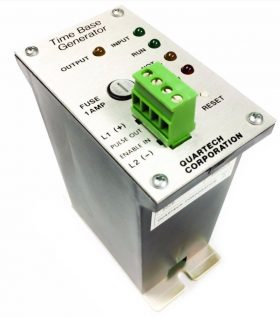
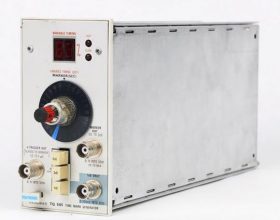
Frequency divider
The key parameter of the frequency divider is the frequency division ratio which is the ratio between the input (i.e., generated) frequency and the output frequency. The frequency divider ratio is calibrated using a reference generator and frequency counter which are connected to the same time-base.
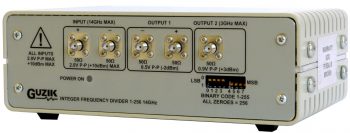
Stopwatches
We calibrate the following parameters for digital as well as analogue stopwatches:
- Relative time: Relative time is measured directly using the standard clock calibrator. The calibrator measures the time deviation in a certain time interval (e.g., how many seconds the stopwatch deviates per day).
- Functional test: Functional test is performed nonaccredited as a performance test.
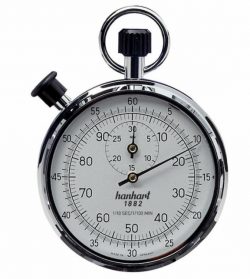
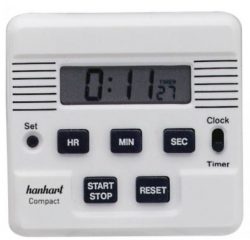
Other instruments capable of measuring time, frequency, or other time related quantities
Several other types of instruments exist that could also measure time related quantities in addition to their primary measuring parameter (e.g., multifunctional instruments with adjustable measuring time, acoustic dosimeters, different test devices, digital/analogue multimeters and calibrators, AC power meters, frequency meters based on optical or rotational inductive meters, tachometers, etc.).
